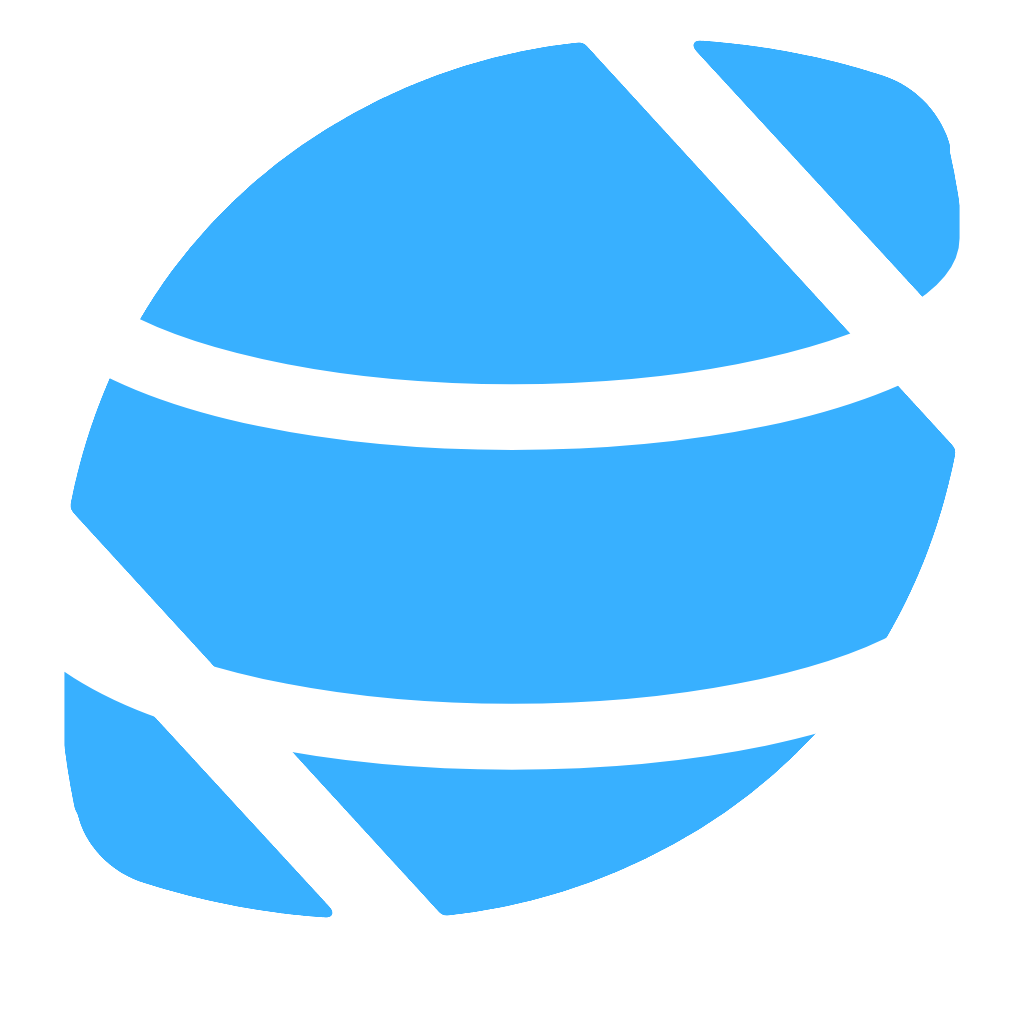Mock sample for your project: Numbers API
Integrate with "Numbers API" from math.tools in no time with Mockoon's ready to use mock sample

Numbers API
math.tools
Version: 1.5
Integrate third-party APIs faster by using "Numbers API" ready-to-use mock sample. Mocking this API will help you accelerate your development lifecycles and improves your integration tests' quality and reliability by accounting for random failures, slow response time, etc.
It also helps reduce your dependency on third-party APIs: no more accounts to create, API keys to provision, accesses to configure, unplanned downtime, etc.
Description
All about Numbers. REST access with json/xml/jsonp result support. Below is the documentation for the Numbers API. You can try them out right here. Find more information and subscribe at math.tools
Other APIs in the same category
NeoWs - (Near Earth Object Web Service)
neowsapp.com
A web service for near earth objects. All the data is from the NASA JPL Asteroid team.
NeoWs is proud to power AsteroidTracker on iOS and Android as well as related apps.
Follow us on Twitter
NeoWs is proud to power AsteroidTracker on iOS and Android as well as related apps.
Follow us on Twitter
Bills API
API to get and search for information regarding Bills, their stages, associated amendments and publications.
Bajaj Allianz General Insurance Company Ltd. (BAGIC)
apisetu.gov.in
Insurance policies such as health, car, two wheeler, property etc. issued by BAGIC are available to be pulled by citizens.
The Oriental Insurance Co. Ltd.
apisetu.gov.in
General Insurance policies such as Motor, Health, Travel, Property, Engineering e.t.c issued by The Oriental Insurance are available to be pulled for citizens of India.

DriveBC's Open511 API
This API is DriveBC's implementation of the Open511 specification. It provides information about known road events (traffic accidents, construction, etc.) in British Columbia, Canada. Please note that you may experience issues when submitting requests to the delivery or test environment if using this OpenAPI specification in other API console viewers.
Haryana State Board of School Education, Haryana
apisetu.gov.in
Board of School Education, Haryana (http://www.bseh.org.in/home/) has made available 2016-2019 Class XII & Class X results in DigiLocker, which can be pulled by students into their accounts.
Transport Department, Puducherry
apisetu.gov.in
Driving License (DL) and Vehicle Registration Certificate (RC) of the State, as available on Parivahan Sewa (http://parivahan.co.in/) of Ministry of Road Transport and Highways, are available on DigiLocker. Citizens can pull these documents into their DigiLocker accounts.

Books API
The Books API provides information about book reviews and The New York Times bestsellers lists.

College Football Data API
collegefootballdata.com
This is an API for accessing all sorts of college football data. Please note that API keys should be supplied with "Bearer " prepended (e.g. "Bearer your_key"). API keys can be acquired from the CollegeFootballData.com website.
Jawaharlal Nehru Rajkeeya Mahavidyalaya
apisetu.gov.in
Transfer Certificates issued by JNRM can be downloaded in citizen's DigiLocker account.
